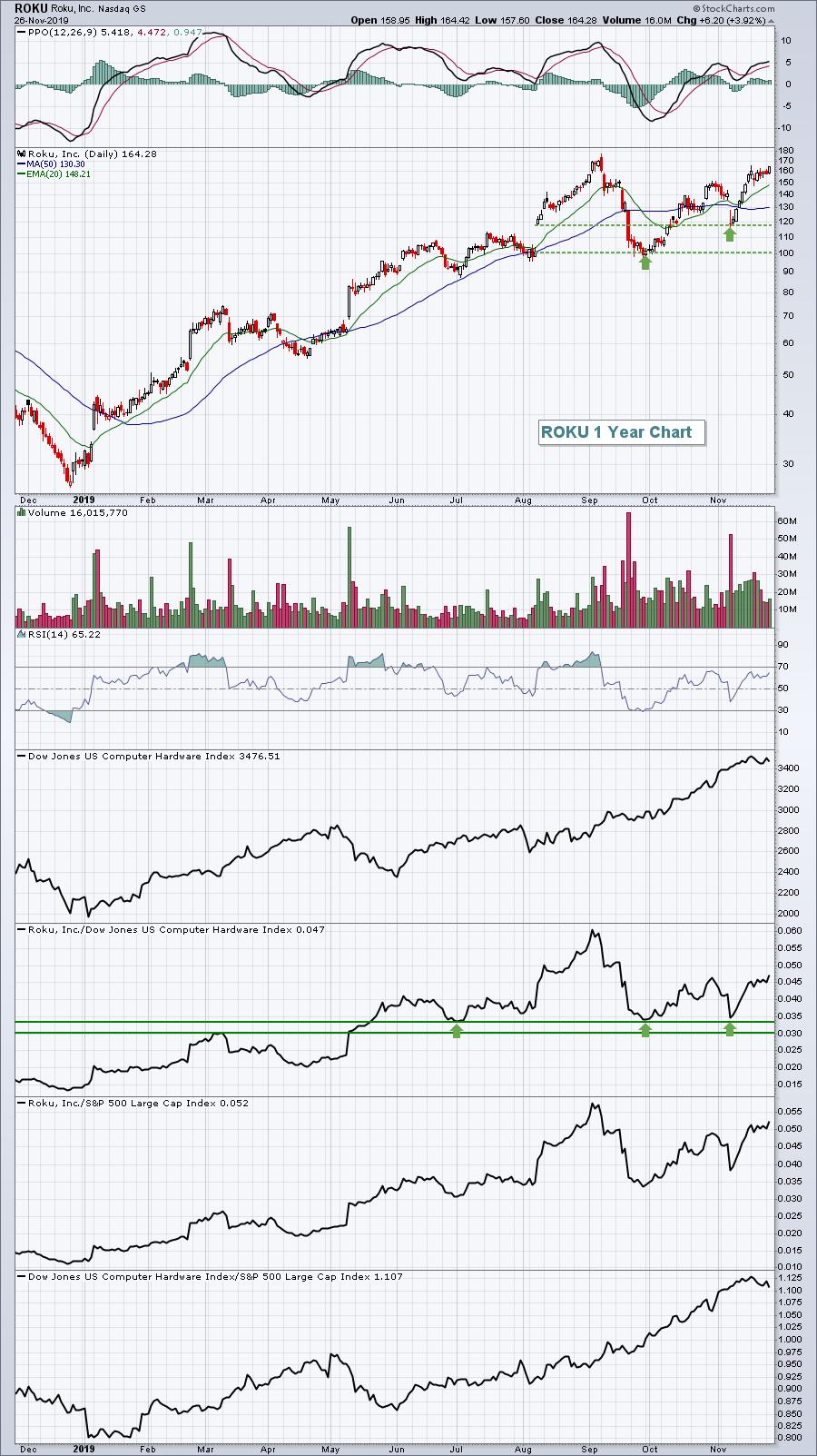For years, this question was left unanswered. Honestly, I couldn't figure out this answer for a long, long time. I've come to realize through years of experience, however, that I simply needed to watch the action after the gap and show a little patience. It seems simple enough, but market forces want and absolutely need you to trade with emotion. They want you to pull the trigger at just the wrong time. But the combination of technical analysis and patience will set you free!
Trading stocks after earnings is my favorite and most profitable strategy. There are a few things to keep in mind in understanding gaps and what happens after:
- There's new fundamental information available that absolutely affects valuation
- Market makers provide liquidity at the opening bell, either on the long or short side
- Institutions will attempt to fill large orders over time at the best price a market maker can get them
That last part, with institutions looking to fill orders over time is very important. Market makers' largest clients are institutional clients and they have the responsibility to get them the best possible price. If they fail to do so, their clients go to other market makers. It's how business gets done. So if we keep that in our back pocket, we know that market makers will feed off of our emotions to fill up their investment tank as cheap as possible. So how does this really work? Well, first understand that I've never been a market maker nor have I worked in a market making operation. But I've studied the stock market and how it works for a very long time. If a market maker wants to buy shares cheap, it requires panicked, emotional trading on our part to sell. I'll show you what that looks like on a chart:

ROKU is an extreme example of how this game works. After its earnings were reported in early-August, ROKU gapped higher and surged. ROKU gained 75% in one month! Millions of shares were bought in panic near the top, with traders that were hoping for a pullback finally giving up, and emotions took over. Within three weeks, the emotional game was in full force. Every article you read described the mountain of competition that ROKU had to climb. Apple (AAPL) was going to take over. Then there was Walt Disney (DIS) with their "Disney +" streaming service. Throw in Comcast (CMCSA) and the result was a stock that was loved 3 weeks earlier being thrown in the trash heap. Everyone loved ROKU at 170, but couldn't stand it 3 weeks later at 99. How does that happen? Irrational behavior and emotion. And guess what happened? Market makers accumulated a ton of shares for their institutional clients who are now ecstatic as ROKU approaches its prior high, closing at 164 yesterday.
I'm a momentum trader, not a momentum chaser. I did not and would never buy a stock like ROKU on one of its benders in August and early-September. It's just too risky. ROKU was moving straight up, to the point where it needed a 17% decline just to test its rising 20 day EMA. The only reason anyone would trade ROKU during that massive ascent is out of greed, a powerful and financially devastating emotion. Gap support generally represents a solid reward to risk entry point. But try telling that to someone who bought ROKU at 175 and watched it fall to 99 in 3 weeks! Nothing is rational at that point.
Again, ROKU is an extreme example, but that's really how the market works. There's a reason why stocks pull back, consolidate and base. It takes time for market makers to accumulate shares for their institutional clients and they do it our expense. Learn to understand how to better control your emotions during post-earnings periods and I GUARANTEE you'll find much better entry prices.
On Friday, I'm hosting a FREE Market Vision 2020 mini-series event, "The Creation and Design of Winning Portfolios". Earnings gaps are the primary strategy behind the development of my 4 portfolios - Model, Aggressive, Income, and Value - all of which are well ahead of the benchmark S&P 500 since their inceptions. The Model Portfolio, which I created just over a year ago, is currently up 51.51% vs. the S&P 500's advance of 16.71%. If you'd like to learn more about creating your own portfolio of winners, join me on Friday! The event starts at 11am EST and will be recorded for those who cannot make it. (Yes I know it's Thanksgiving weekend!)
The only requirement to attend is that you MUST be a free Market Vision 2020 newsletter subscriber. CLICK HERE to subscribe and receive news and updates on the main event, Market Vision 2020, which will be held on Saturday, January 4, 2020. John Murphy was announced yesterday as the Keynote Speaker and other speakers include Arthur Hill, Greg Schnell, Julius de Kempenaer, David Keller, Mary Ellen McGonagle, Erin Swenlin, and Bruce Fraser. It's an all-star cast providing you their outlooks as we enter a new year, a new decade!
One more thing. There are TONS of giveaways to those who subscribe to the free newsletter. On Friday, there'll be a drawing for 4 free quarterly memberships to EarningsBeats.com. Each has a value of $291, so that's more than $1,000 in giveaways. SUBSCRIBE NOW!
Happy trading!
Tom






